目录
- 前情提要
- 场景实现
- Get 知识点
- 写在最后
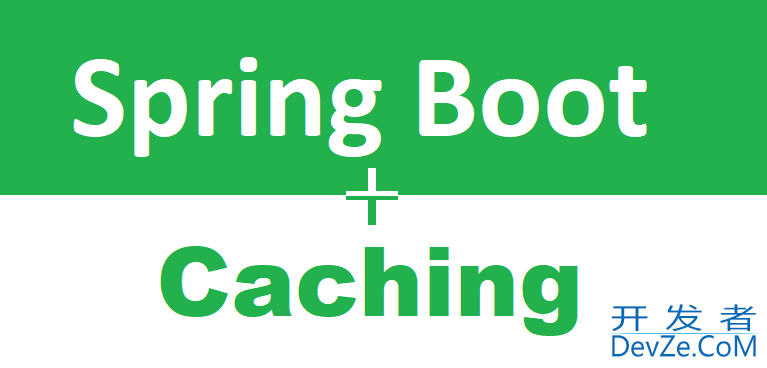
前情提要
张三在面对公司现有缓存技术使用混乱、效果不佳的问题时,选择主动出击,基于Spring框架自研一套缓存解决方案,这体现了他的专业技术能力、问题解决意识以及积极的工作态度。以下是他可能采取的一些关键步骤和考量:
问题诊断与需求分析:首先,张三需要深入理解当前缓存系统存在的具体问题,如缓存策略不清晰、数据一致性问题、性能瓶颈等。他可能会通过代码审查、日志分析、性能监控等方式,全面了解现有缓存体系的痛点,并明确新缓存方案应解决的核心问题和满足的功能需求。
技术选型与设计:基于Spring框架开发缓存系统,张三可能会利用Spring Cache抽象,它提供了统一的缓存操作API,支持多种主流缓存实现(如Redis、EhCache、Caffeine等)的无缝切换。他需要设计合理的缓存策略(如LRU、LFU、TTL等),保证数据的有效性和时效性;考虑数据的一致性问题,可能采用读写模式、事务同步、消息队列等机制确保数据的一致;并考虑高可用、容错、扩展性等方面的设计。
编码与测试:在明确了设计方案后,张三开始进行编码工作,编写缓存配置、缓存注解、缓存管理器等相关组件,并将其集成到公司的业务系统中。同时,他会编写详尽的单元测试、集成测试和压力测试用例,确保新缓存系统的功能正确性和性能稳定性。
文档编写与培训:为了便于团队理解和使用新的缓存系统,张三会编写详细的使用手册、架构设计文档、接口文档等,并可能组织内部培训或分享会,讲解新缓存系统的特性和使用方法,帮助团队成员快速上手。
部署与监控:在完成内部验证后,张三会协助团队进行新缓存系统的部署,并配置相应的监控告警,持续关注系统的运行状态,及时发现并解决问题。他还可能制定缓存使用的规范和最佳实践,引导团队成员合理、高效地使用缓存,避免再次陷入“混乱”的局面。
通过这一系列工作,张三不仅展现了他在缓存技术领域的专业能力,也体现了他对公司技术栈(Spring框架)的熟悉程度,以及对系统架构设计、项目管理、团队协作等多方面的能力。这样的行动有助于提升javascript他在团队中的影响力,也可能为公司带来实际的技术价值提升。然而,他也需要注意在推进过程中与团队、领导充分沟通,确保新方案得到认可和支持,避免单打独斗导致资源浪费或团队冲突。
场景实现
下面一个简单的Spring Boot项目示例,该项目使用Spring Cache抽象实现了一个基于Redis的缓存系统。
️ 添加依赖
在pom.XML中添加Spring Boot和Redis相关的依赖:
<dependency>
<groupId>org.springframework.boot</groupId>
<artifactId>spring-boot-starter-data-redis</artifactId>
</dependency>
<dependency>
<groupId>org.springframework.boot</groupId>
<artifactId>spring-boot-starter-cache</artifactId>
</dependency>
<dependency>
<groupId>org.springframework.boot</groupId>
<artifactId>spring-boot-starter-web</artifactId>
</dependency>
</dependencies>
️ 配置Redis
在application.properties中配置Redis连接信息:
spring.redis.host=localhost spring.redis.port=6379
️ 创建缓存配置类
创建一个名为CacheConfig的配置类,用于配置缓存管理器和缓存策略:
import org.springframework.cache.CacheManager;
import org.springframework.cache.annotation.EnableCaching;
import org.springframework.context.annotation.Bean;
import org.springframework.context.annotation.Configuration;
import org.springframework.data.redis.cache.RedisCacheConfiguration;
import org.springframework.data.redis.cache.RedisCacheManager;
import org.springframework.data.redis.connection.RedisConnectionFactory;
import org.springframework.data.redis.core.RedisTemplate;
import Java.time.Duration;
@Configuration
@EnableCaching
public class CacheConfig {
@Bean
public CacheManager cacheManager(RedisConnectionFactory connectionFactory) {
yWWEbVqCpG RedisCacheConfiguration cacheConfiguration = RedisCacheConfiguration.defaultCacheConfig()
.entryTtl(Duration.ofHours(1)); // 设置缓存有效期1小时
return RedisCacheManager
.builder(connectionFactory)
.cacheDefaults(cacheConfiguration)
.build();
}
@Bean
public RedisTemplate<String, Object> redisTemplate(RedisConnectionFactory connectionFactory) {
RedisTemplate<String, Object> template = new RedisTemplate<>();
template.setConnectionFactory(connectionFactory);
return template;
}
}
️ 创建缓存服务类
创建一个名为CacheService的服务类,用于实现缓存的增删改查操作:
import org.springframework.beans.factory.annotation.Autowired;
import org.springframework.cache.annotation.CacheEvict;
import org.springframework.cache.annotation.CachePut;
import org.springframework.cache.annotation.Cacheable;
import org.springframework.stereotype.编程客栈Service;
@Service
public class CacheService {
@Autowired
private RedisTemplate<String, Object> redisTemplate;
@Cacheable(value = "myCache", key = "#key")
public Object getCache(String key) {
return redisTemplate.opsForValue().get(key);
}
@CachePut(value = "myCache", key = "#key")
public Object setCache(String key, Object value) {
redisTemplate.opsForValue().set(key, value);
return value;
}
@CacheEvict(value = "myCache", key = "#key")
public void removeCache(String key) {
redisTemplate.delete(key);
}
}
️ 创建控制器类
创建一个名为CacheController的控制器类,用于处理HTTP请求:
import org.springframework.beans.factory.annotation.Autowired;
import org.springframework.web.bind.annotation.GetMapping;
import org.springframework.web.bind.annotation.PathVariable;
import org.springframewopythonrk.web.bind.annotation.PostMapping;
import org.springframework.web.bind.annotation.RestController;
@RestController
public class CacheController {
@Autowired
private CacheService cacheService;
@GetMapping("/cache/{key}")
public Object getCache(@PathVariable String key) {
return cacheService.getCache(key);
}
@PostMapping("/cache/{key}/{value}")
public Object setCache(@PathVariable String key, @PathVariable String value) {
return cacheService.setCache(key, value);
}
@GetMapping("/remove/cache/{key}")
public void removeCache(@PathVariable String key) {
cacheService.removeCache(key);
}
}
现在,可以运行这个Spring Boot项目,并通过HTTP请求来测试缓存系统的功能。这个示例仅用于演示如何使用Spring Cache抽象和Redis实现缓存系统,实际项目中可能需要根据需求进行更多的定制和优化。
Get 知识点
✈️ Spring Cache抽象:
Spring Cache是一个抽象层,它允许开发者通过注解的方式轻松地添加缓存功能到应用程序中。Spring Cache并不直接提供缓存实现,而是与多种缓存实现(如Redis、EhCache、Caffeine等)兼容,使得开发者可以灵活地切换缓存方案。
在Spring Cache抽象中,有三个常用的注解:@Cacheable、@CachePut和@CacheEvict。这些注解可以帮助我们在方法上定义缓存行为,使得开发者能够轻松地添加缓存功能到应用程序中。
✈️ @Cacheable
@Cacheable注解用于声明一个方法的结果是可以缓存的。当方法被调用时,Spring会首先检查缓存中是否存在相应的键值对。如果存在,则直接从缓存中返回结果;如果不存在编程,则执行方法并将结果存入缓存。
@Cacheable(value = "myCache", key = "#key")
public Object getCache(String key) {
// ... 获取数据的逻辑
}
value:缓存的名称,对应于CacheManager中配置的缓存名称。key:缓存的键,可以使用SpEL表达式来指定。condition:缓存的条件,可以使用SpEL表达式来指定。只有当条件为真时,才会缓存方法的结果。unless:缓存的否定条件,可以使用SpEL表达式来指定。只有当条件为假时,才会缓存方法的结果。
✈️ @CachePut
@CachePut注解用于声明一个方法的结果应该被放入缓存中。每次调用该方法时,都会执行方法并将结果存入缓存,无论缓存中是否已存在该键值对。
@CachePut(value = "myCache", key = "#key")
public Object setCache(String key, Object value) {
// ... 设置数据的逻辑
}
value、key、condition和unless的含义与@Cacheable相同。
✈️ @CacheEvict
@CacheEvict注解用于声明一个方法会导致缓存中的某个键值对被删除。
@CacheEvict(value = "myCache", key = "#key")
public void removeCache(String key) {
// ... 删除数据的逻辑
}
value、key、condition和unless的含义与@Cacheable相同。allEntries:如果设置为true,则会删除缓存中的所有键值对。beforeInvocation:如果设置为true,则在方法执行之前删除缓存。默认值为false,表示在方法执行之后删除缓存。
通过使用这些注解,可以轻松地在方法上定义缓存行为,从而提高应用程序的性能和响应速度。在实际项目中,我们可能需要根据需求选择合适的注解来实现不同的缓存策略。
写在最后
缓存技术是现代软件开发中不可或缺的一部分,它旨在通过减少对数据源的直接访问来提高应用程序的性能和响应速度。总之,缓存技术是一种强大的工具,但它也需要谨慎使用和管理。正确的缓存策略和一致性的维护是确保缓存带来性能提升而不是问题的关键。开发者应该根据应用程序的具体需求和特点,选择合适的缓存技术和策略。
到此这篇关于Spring Cache实现缓存技术的文章就介绍到这了,更多相关Spring Cache缓存内容请搜索编程客栈(www.devze.com)以前的文章或继续浏览下面的相关文章希望大家以后多多支持编程客栈(www.devze.com)!
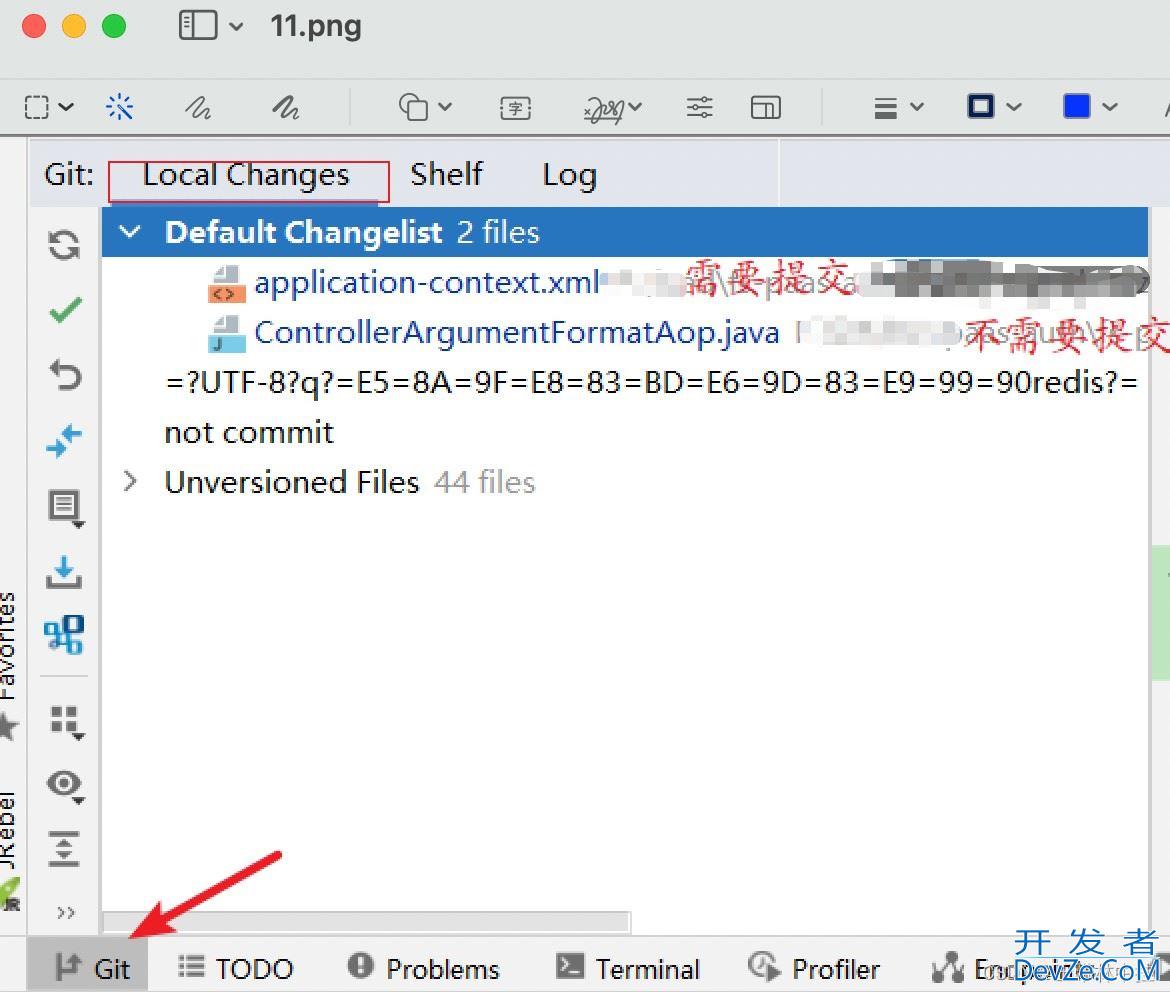



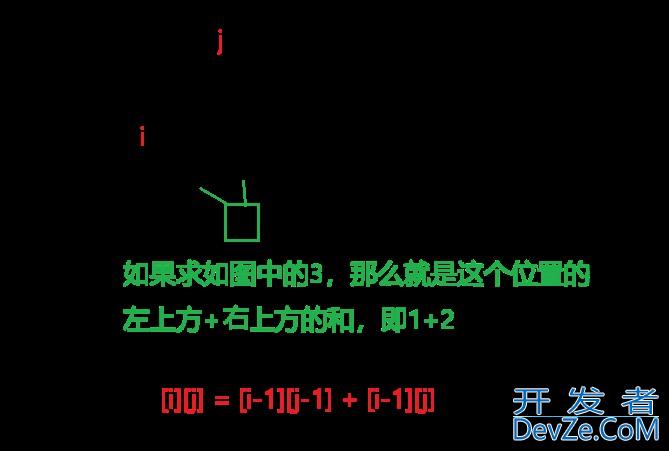
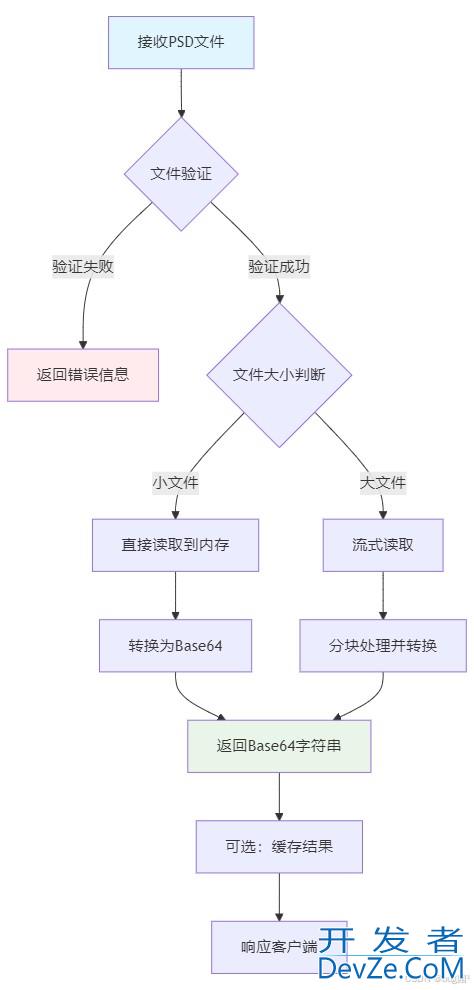
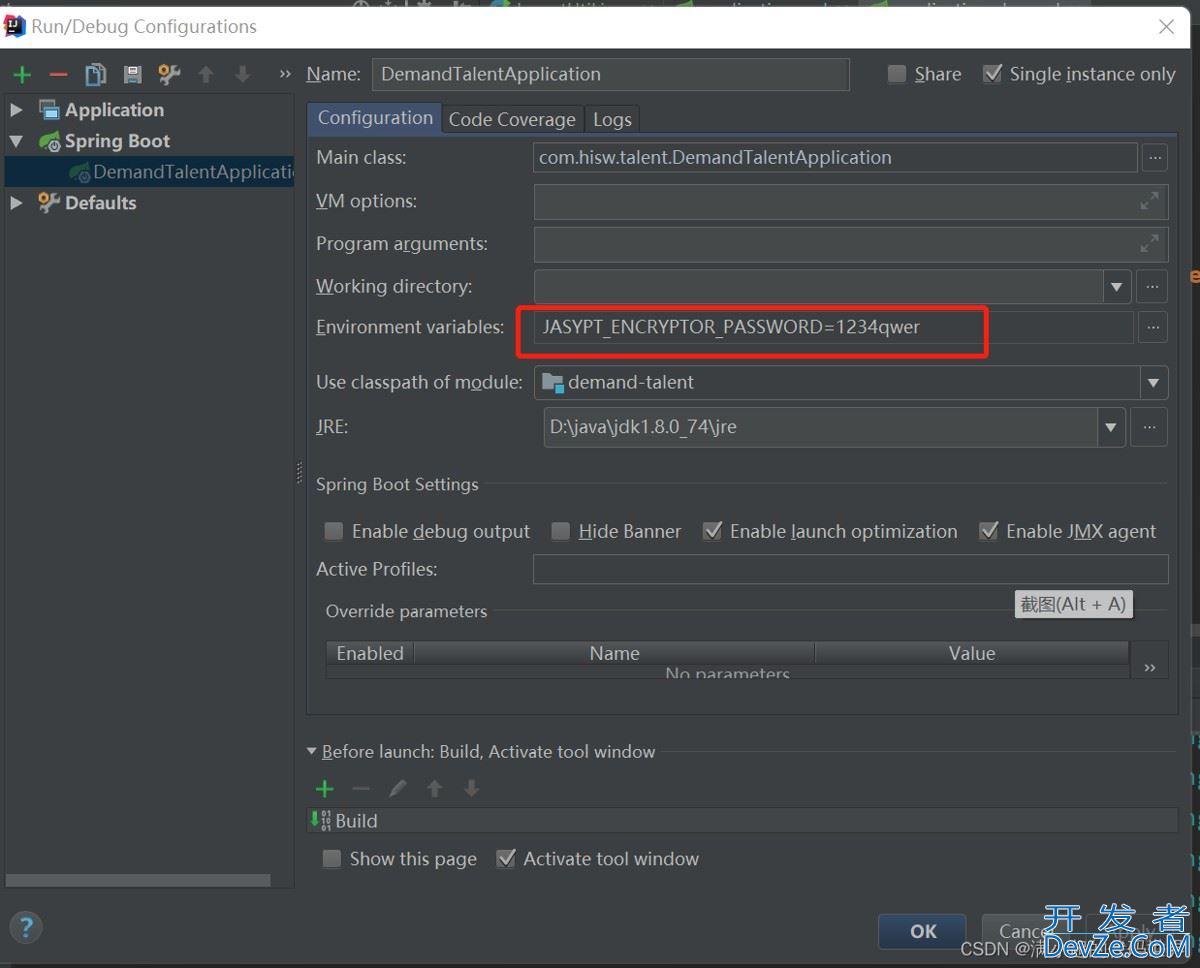
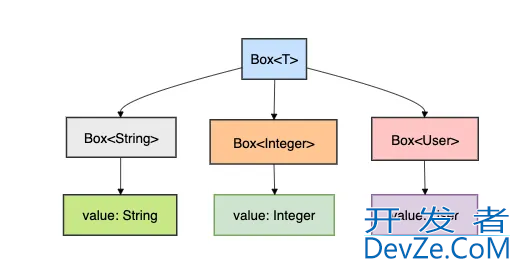
 加载中,请稍侯......
加载中,请稍侯......
精彩评论